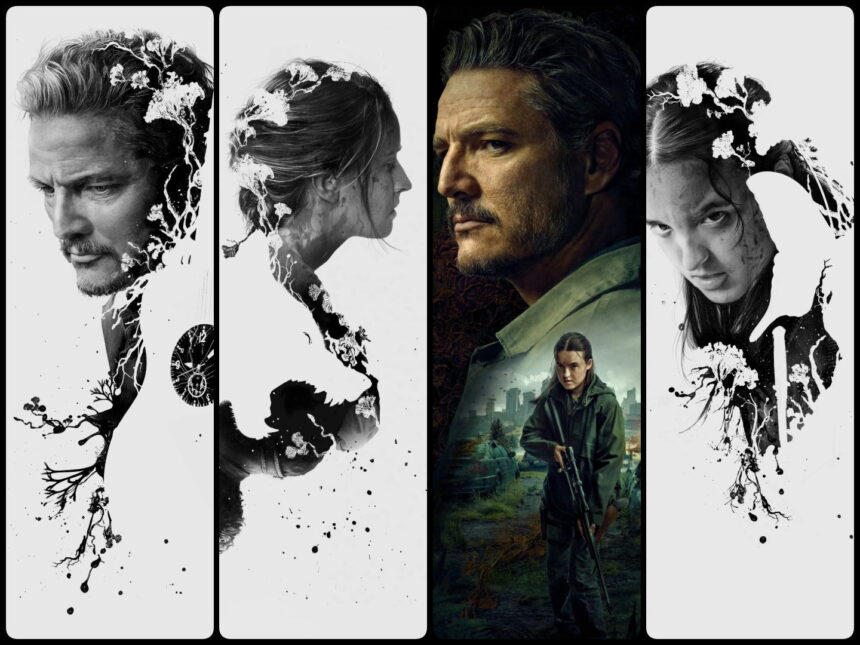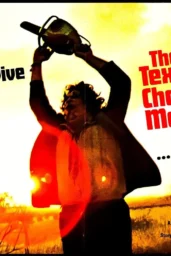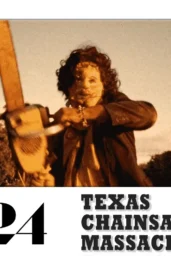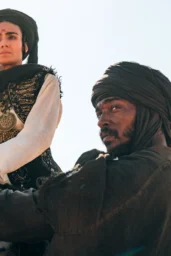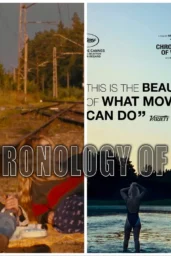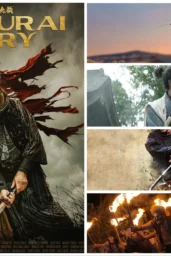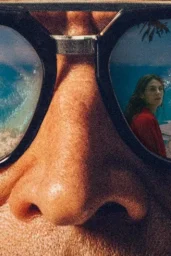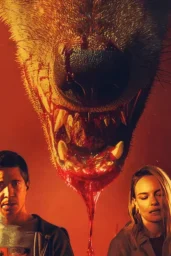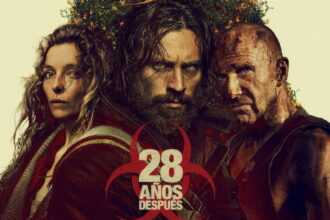There's a well-worn path in cinema, trodden by countless stories of societal collapse. We've seen the infected hordes, the marauding gangs, the desperate fight for resources. But something shifts when the protagonists aren't hardened survivors, but children. It elevates the stakes, magnifies the horror, and, if done right, can cut deeper than any adult-centric apocalypse. This is precisely what Dystopian Miniseries Anna achieves, a 2021 Italian production that fans of The Last of Us, Lord of the Flies, or Maze Runner would be remiss to overlook.
You expect the grit, the scramble for survival, the loss of innocence. Anna delivers all of that in spades, but with a uniquely unsettling, almost mournful tone that sets it apart. The premise is stark: a virus, “Red Fever,” has wiped out every adult on Earth. What remains is a world overrun by children, left to their own devices, fighting for scraps. Our lens into this tragic new order is Anna (Giulia Dragotto), a young girl, perhaps 13, burdened with the care of her younger half-brother, Astor (Alessandro Pecorella). The series isn't just about their physical journey; it's a descent into the profound moral vacuum left by vanished civilization.
‘Anna' Wastes No Time in Showing the Savagery of Survivors in the Apocalypse
The chilling efficacy of Anna lies in its portrayal of children losing their grip on morality. We've seen this concept explored before—from the feral tribes in Lord of the Flies to the desperate youth of The Maze Runner—but Anna uses religious iconography and the remnants of education to twist the knife further. When Anna ventures beyond the relative safety of her wooded sanctuary, the urban decay mirrors the desolation we've witnessed in films like 28 Days Later. Entire city blocks lay abandoned, reclaimed by nature and neglect. Yet, the true horror isn't the desolation, but the human element—or rather, the lack thereof.
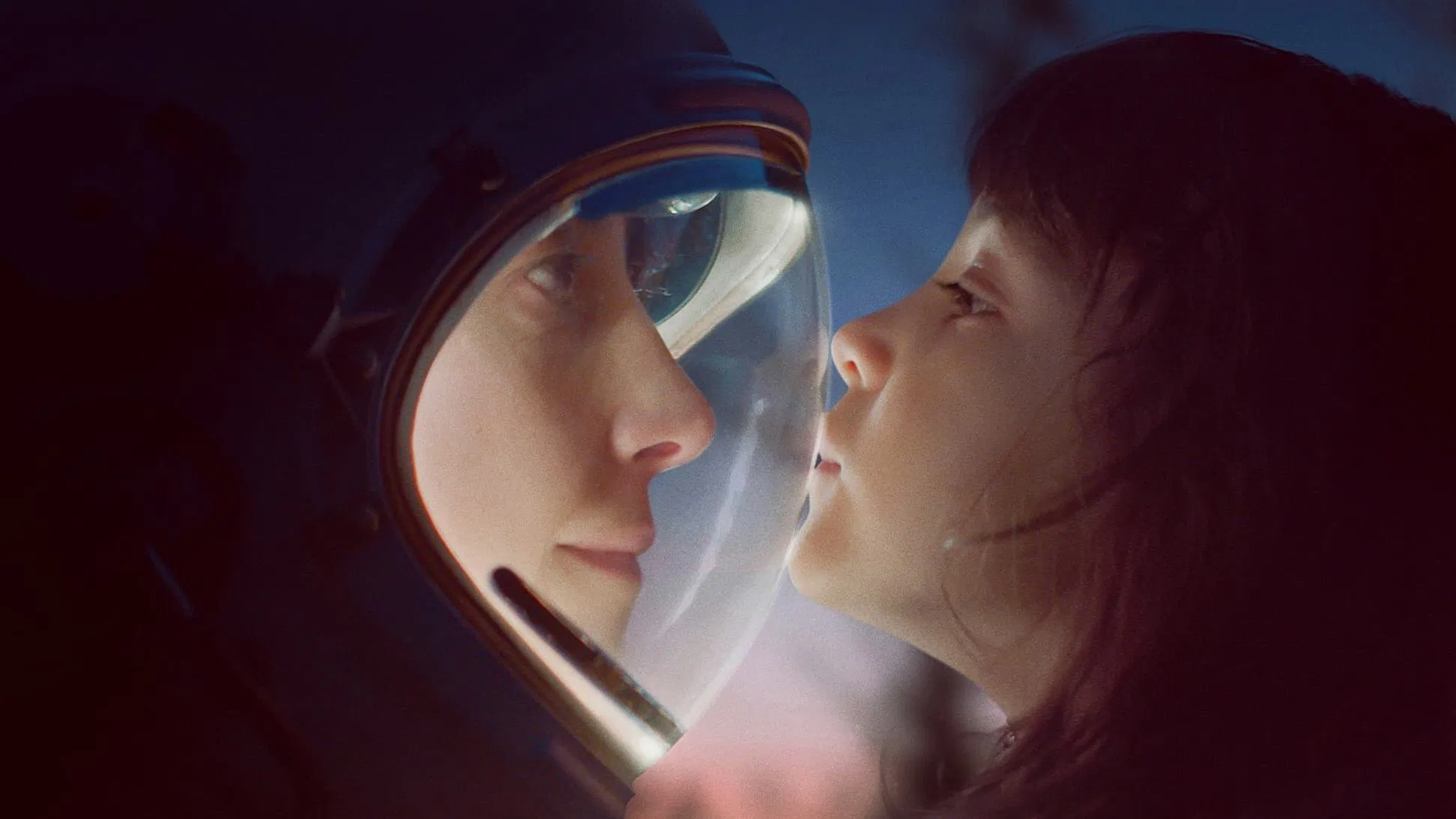
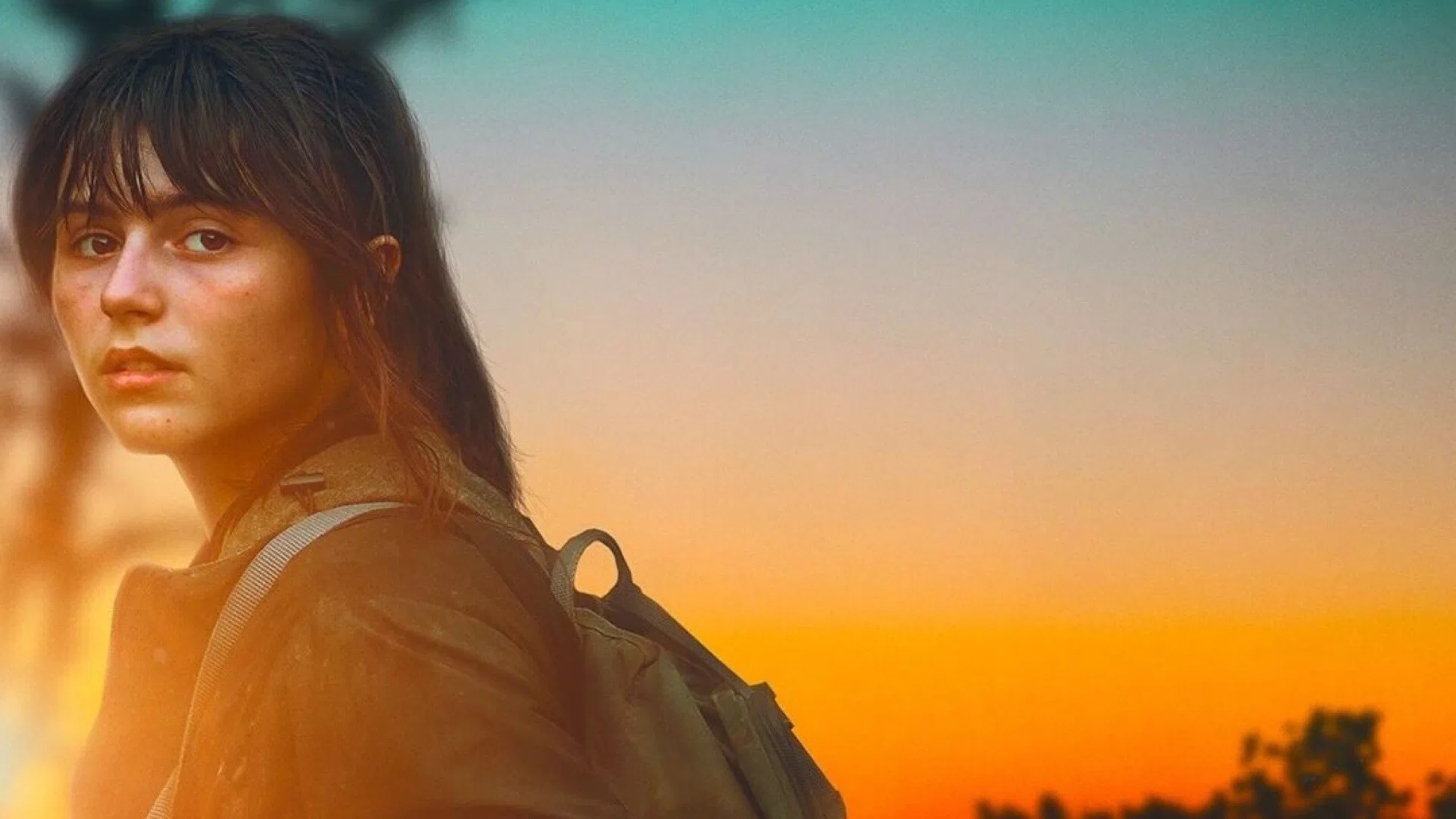
Initially, there's a flicker of cooperation, a shared instinct for survival, as Anna aids two younger children in securing a pack of pancetta. But this brief moment of camaraderie is swiftly shattered. Anna and a boy named Pietro (Giovanni Mavilla) quickly appropriate the spoils, only for a literal horde of children to descend, assaulting the original pair and initiating a frantic chase. The sequence echoes Cillian Murphy's desperate flight from the infected in 28 Days Later, but here, the pursuers are not monsters, but children.
As Anna and Pietro scramble upstairs, their path strewn with discarded children's clothes, a crucified Christ watches from above. The religious connotations are palpable, a silent indictment of a world that has forgotten its teachings. This mise en scène continues to build the atmosphere of a morality-free zone: dead nuns lie ignored, their sanctity meaningless in this new world. It's a visual shorthand for the utter collapse of societal norms, reminiscent of the chilling historical imagery—the mountains of shoes at Auschwitz, or the gut-wrenching brevity of Hemingway's “For sale: Baby shoes, never worn.” These elements are not just unsettling; they are a calculated, effective means of portraying how quickly civilization's veneer can strip away, leaving only instinct.
‘Anna' Forces Children To Deal With Death and the Unknown
The emotional core of Anna is the tragic naivety of its young protagonists. The opening scene, where Anna concocts a fantastical lie about “gigantic birds” and suffocating air to keep Astor safe within their sanctuary, is heartbreaking. It's a twisted bedtime story, framing the apocalyptic landscape as a lesson in true morals. Yet, it also underscores Anna's desperate plight; at her tender age, rational explanation is a luxury she cannot afford. Astor's chilling joke—that he can't wait for Anna to die so “the magic” of going outside passes to him—is a stark reminder of his profound innocence, his complete inability to grasp the finality of death.
Later, we encounter twins, Paolo (Dario Di Vita) and Mario (Danilo Di Vita), one of whom begins to show symptoms of Red Fever. The uninfected twin laments that the “worst part” of the virus is losing appetite. His infected brother's correction—that the worst part is dying—is a gut-punch. It lays bare their undeveloped understanding of mortality, a concept most children are slowly introduced to throughout their formative years, not thrust upon them in such a brutal, immediate fashion. Their unspoken, visceral love for each other, juxtaposed with their inability to articulate the true gravity of their situation, emphasizes just how unprepared these children are for the dystopian reality they inhabit.
The show's power lies in its unflinching gaze at humanity's potential downfall, not through monstrous creatures, but through the regression of its most vulnerable members into an animalistic state. The children's simplified conversations about profound topics like death highlight their heartbreaking unpreparedness. Anna isn't just a tale of survival; it's a deeply immersive experience that forces us to confront what a world without adults truly loses, and the tragic consequences for those left behind. Its 91% Rotten Tomatoes score, confirmed at its premiere at the 2021 Venice Film Festival and subsequent release on Sky Italia in April 2021 and AMC+ in November 2021, reflects a critical consensus that this series delivers on its bleak premise with unsettling precision. It's the kind of project that reminds you that sometimes, the most profound horror isn't fantastical, but human.

